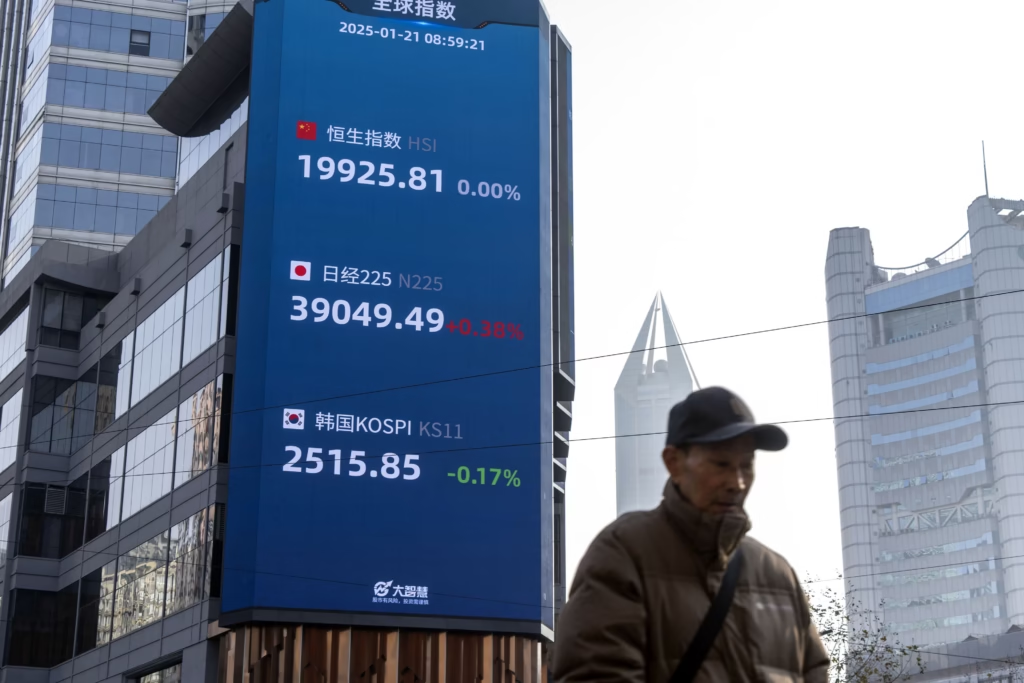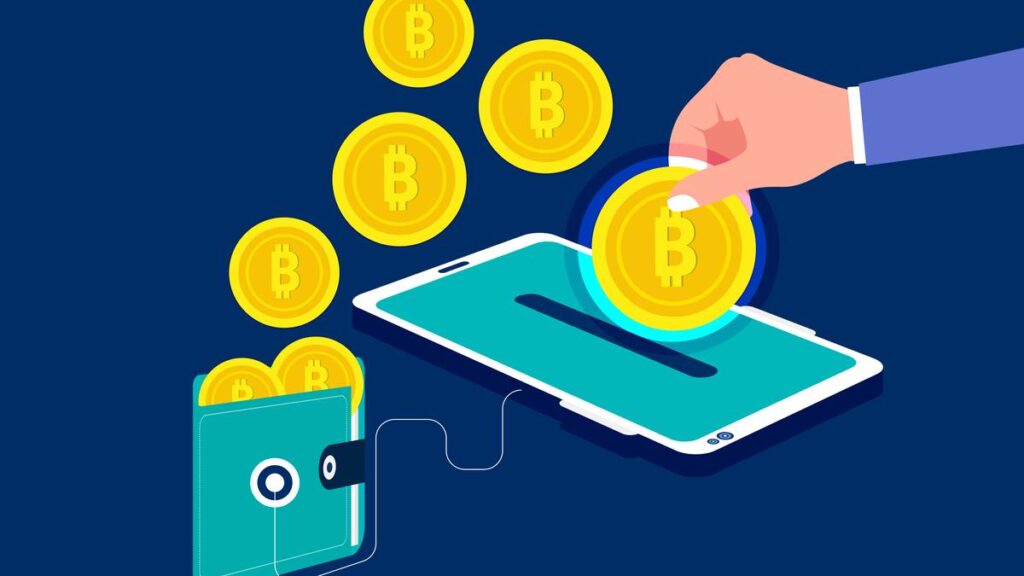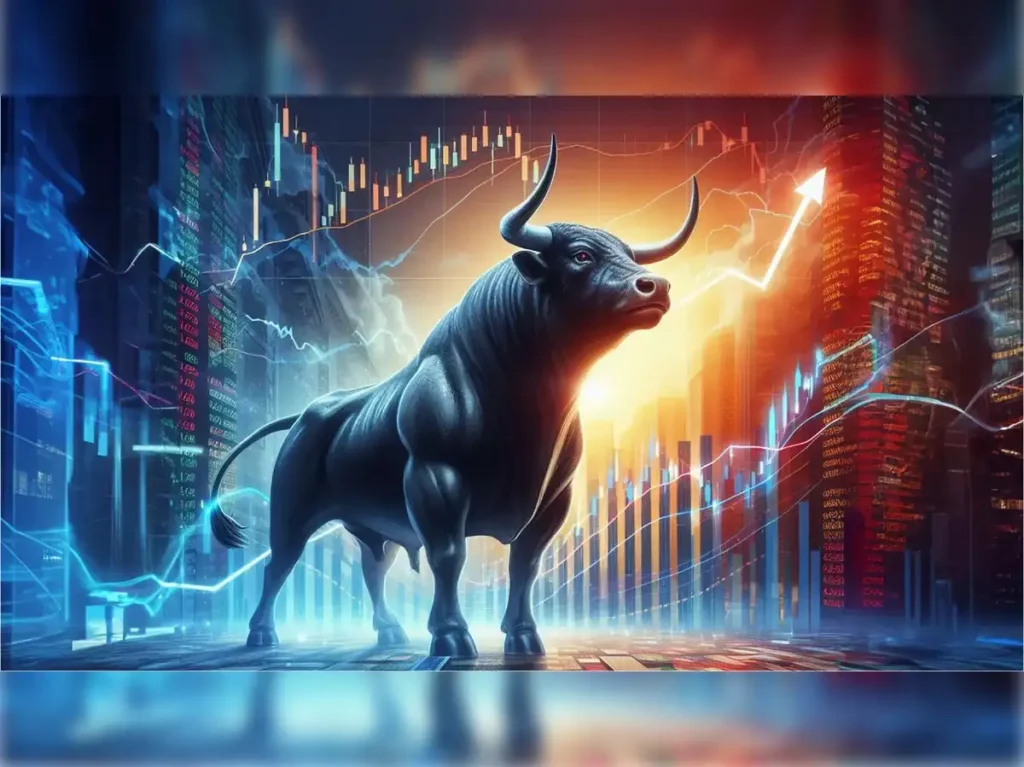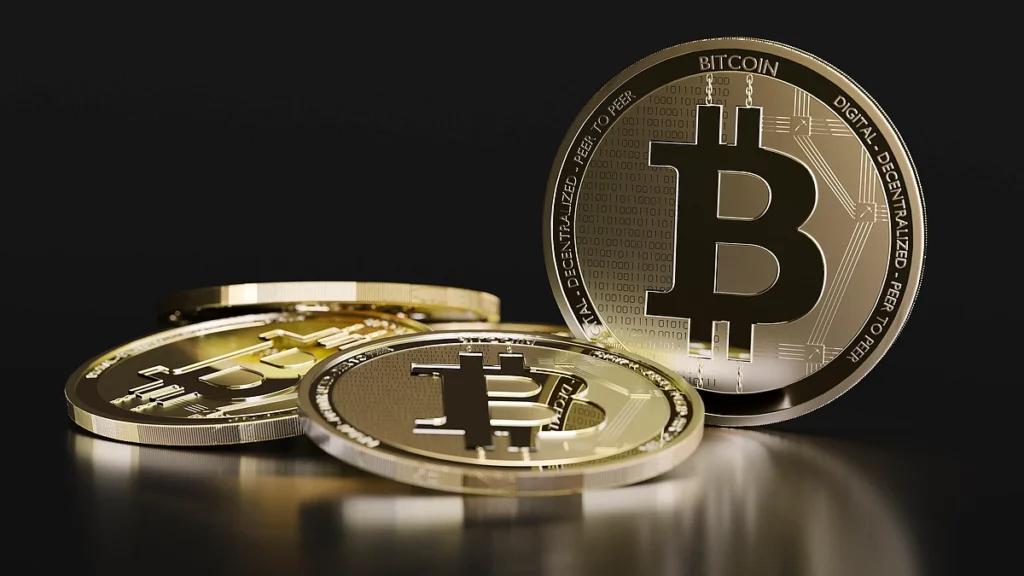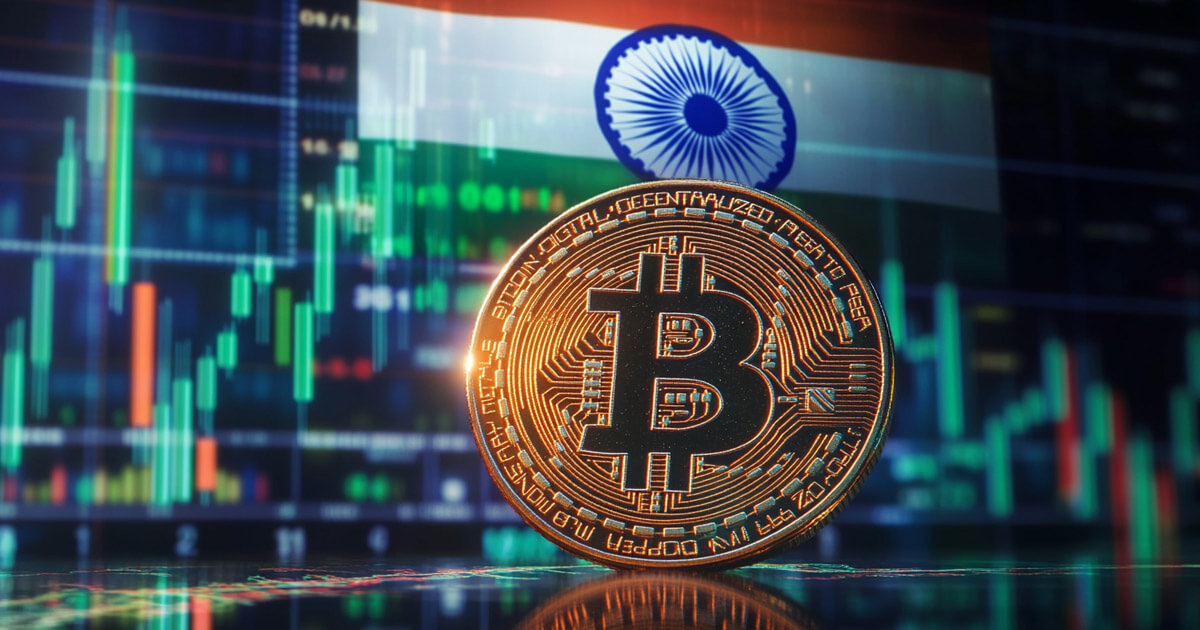Now Reading: Risk of Sudden Selloffs and Volatility: What Indian Crypto Traders Should Know
-
01
Risk of Sudden Selloffs and Volatility: What Indian Crypto Traders Should Know
Risk of Sudden Selloffs and Volatility: What Indian Crypto Traders Should Know

Crypto markets are famous for sharp ups and downs, and sudden selloffs often catch investors off guard. Prices can rise dramatically in a matter of hours and fall just as quickly, wiping out gains for those who entered late. For Indian traders, especially in Tier-2 cities where awareness is still developing, understanding volatility is essential to avoid costly mistakes.
The main reason for sudden selloffs is market sentiment. Crypto is heavily influenced by news, regulatory announcements, and global economic trends. A single update from a major government or exchange can trigger panic selling worldwide. Since Indian markets react to global moves almost instantly, even small traders in Nagpur, Indore, or Lucknow can feel the ripple effect overnight.
Another factor is leverage trading. Many international investors use borrowed funds to amplify profits, but when prices move against them, it leads to large liquidations. This creates a chain reaction where more and more positions are closed, dragging prices down sharply. While Indian platforms may not offer extreme leverage, the impact of these global selloffs still reaches local exchanges.
Retail behavior also plays a role. In smaller cities, new investors often join during market rallies, driven by social media hype. But when the first signs of decline appear, many panic and exit at a loss. This cycle of fear and greed adds to volatility, making markets unstable in the short term.
For Tier-2 city traders, the lesson is to treat crypto as a long-term asset rather than a quick gamble. Building discipline, avoiding overexposure, and not investing money needed for immediate expenses can protect against sudden shocks. Volatility is a natural part of the market, but careful planning can reduce its impact.
In conclusion, sudden selloffs are not unusual in crypto—they are part of the system. What matters for Indian investors is how they respond. By staying informed, setting realistic goals, and keeping emotions in check, even small traders in non-metro cities can navigate volatility without losing confidence in the larger potential of digital assets.






